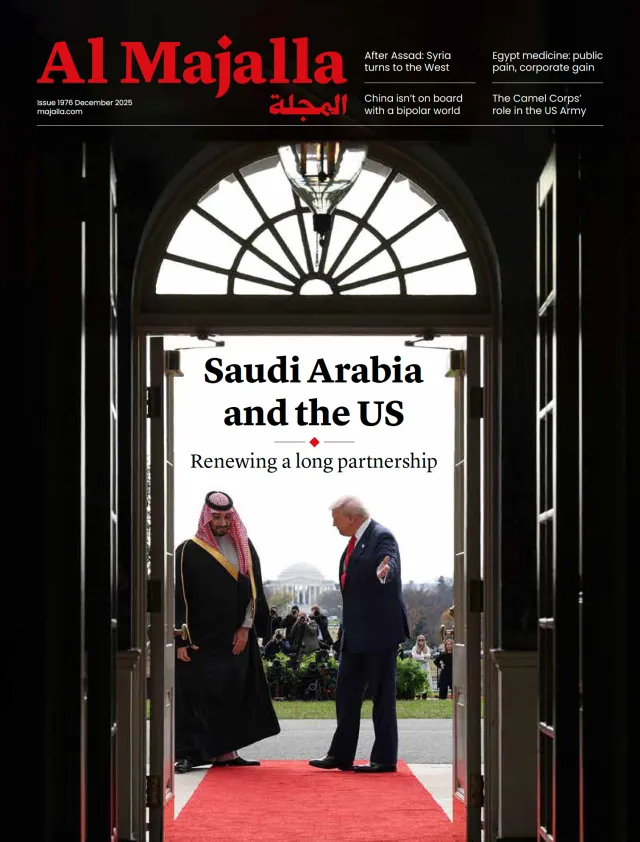Syrian President Ahmed al-Sharaa's meeting with US President Donald Trump at the White House on Monday was no routine diplomatic visit. It was the third meeting between the two leaders in less than a year and the first time a Syrian president had ever set foot in the White House.
Remarkably, until just days ago, both al-Sharaa and his interior minister, Anas al-Khattab, were on terrorism watchlists. However, the United Nations Security Council recently voted to delist them following a US request.
Unconventional trajectory
This is in line with Syria's trajectory, which has been anything but conventional since Assad's fall on 8 December 2024. A nation long held hostage by regional and international agendas, often at the cost of its own interests and those of its people, has broken free from alliances that brought only war and devastation.
Does this shift place Syria in the opposing camp to the Eastern Bloc? Al-Sharaa does not appear to be keen on being seen as hostile to anyone. He visited Moscow only days ago, is in Washington today, and may be in Beijing tomorrow. His aim is not to cut ties, but to build them. And above all else, put Syria first.
His 11 months in power have shown that he is not out to antagonise anyone. However, at the same time, he understands the strategic value of aligning with Saudi Arabia, the United States, and Europe.
In Washington, Syria is expected to formally join the international coalition against the Islamic State (IS). The coalition, comprising 89 states and entities, was established in September 2014.
At the time, the Free Syrian Army was invited to join the fight against IS under the coalition's banner. The Syrian opposition rejected the move that targeted IS alone without also confronting the Assad regime. Bashar al-Assad himself had dismissed coalition operations as a violation of Syria's sovereignty.




